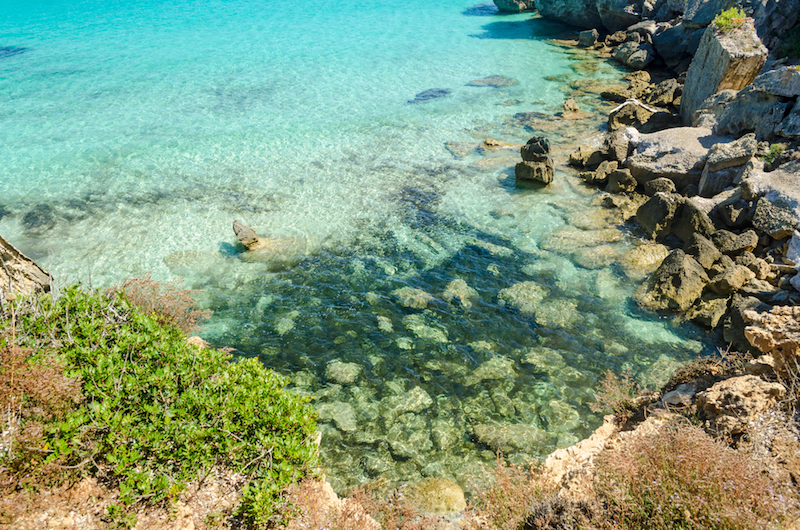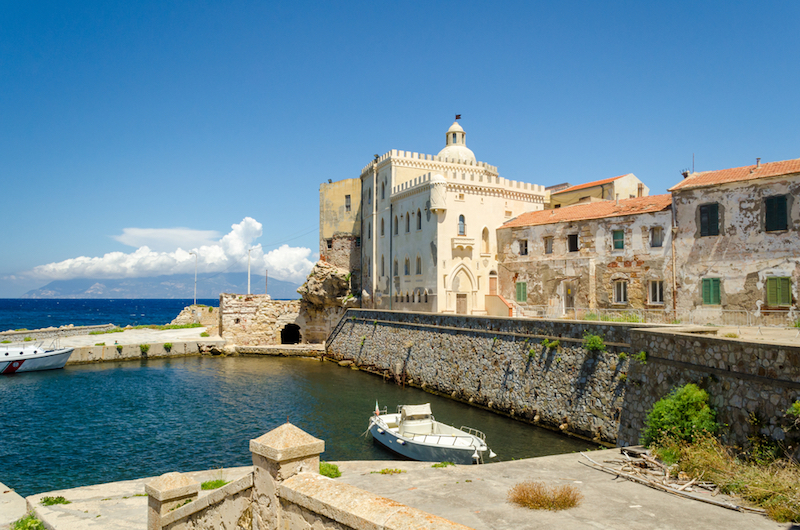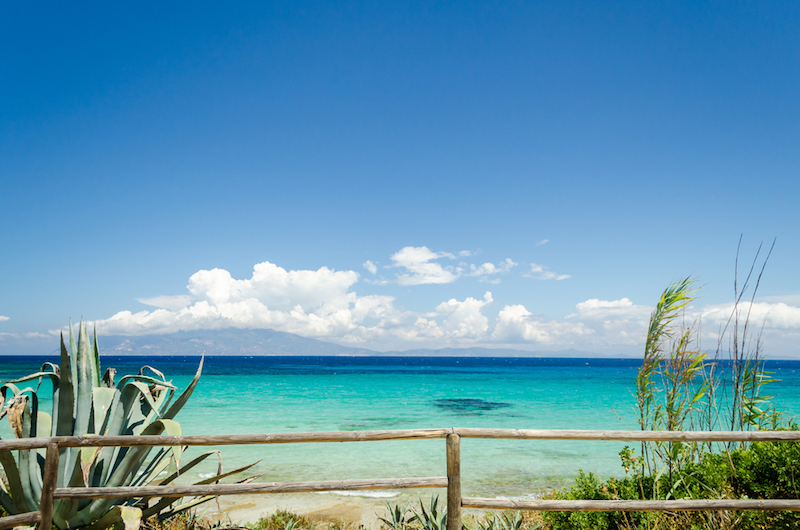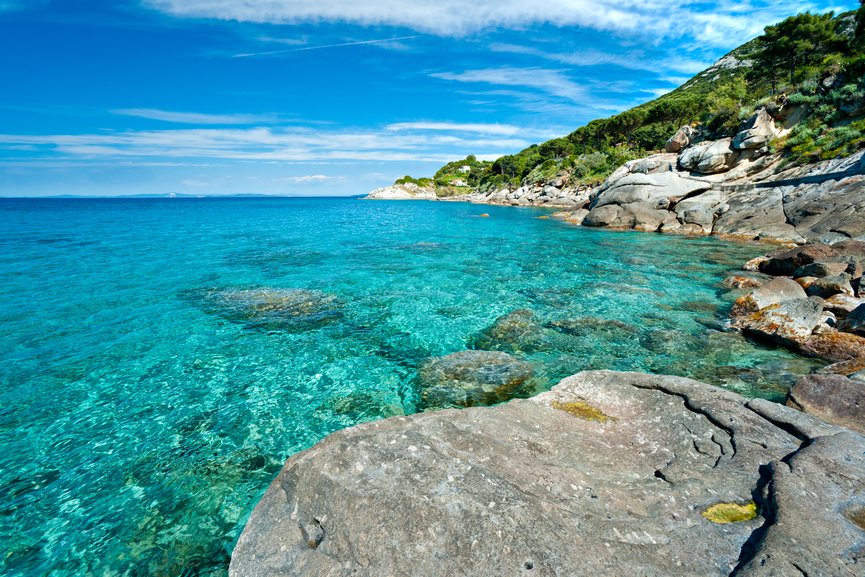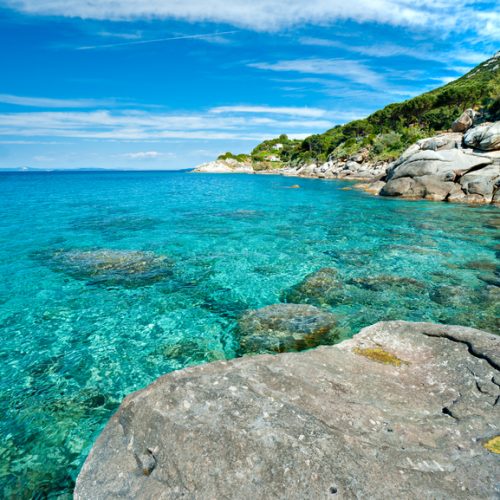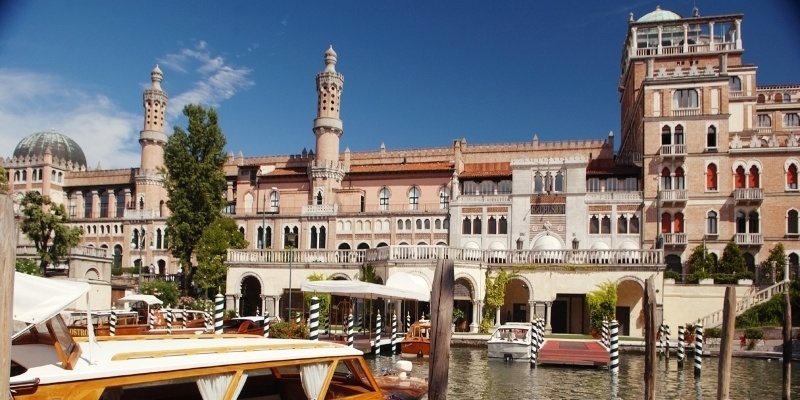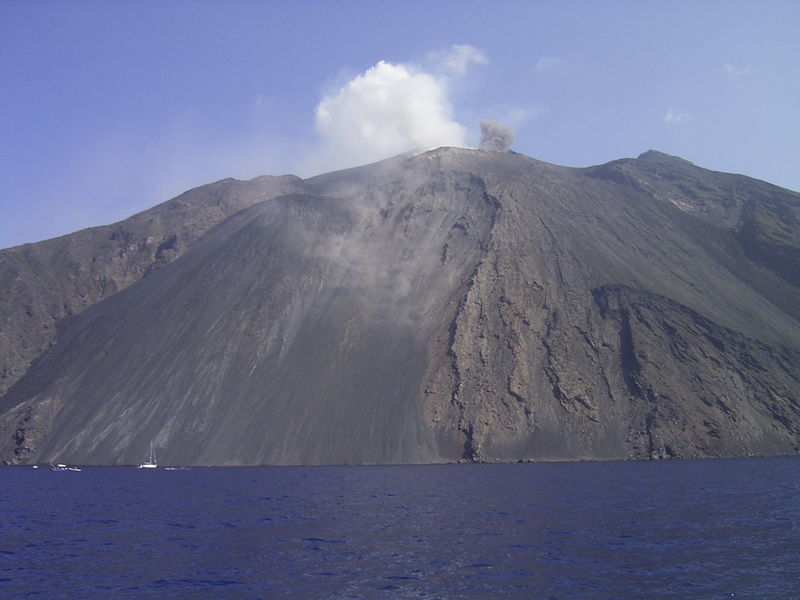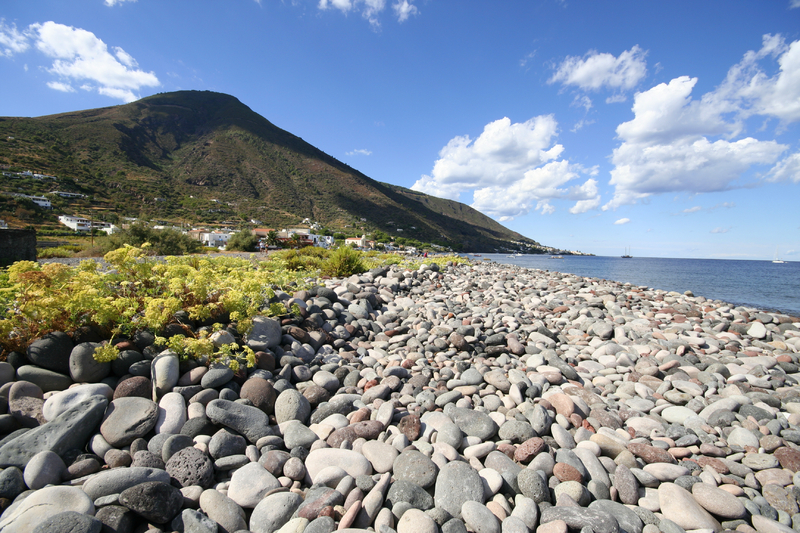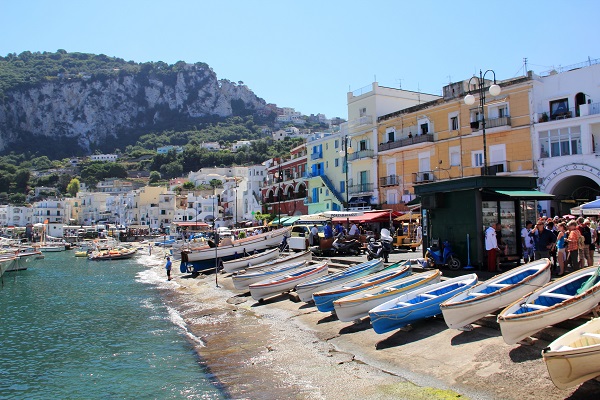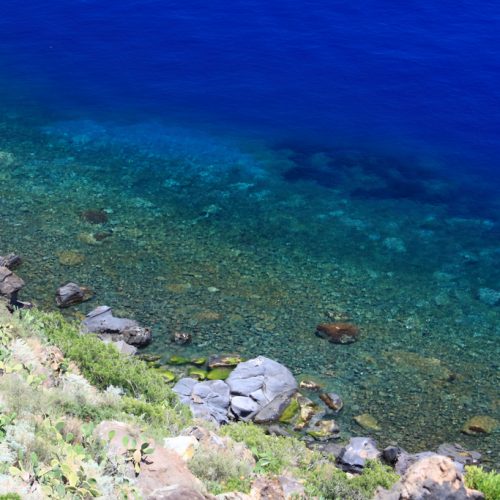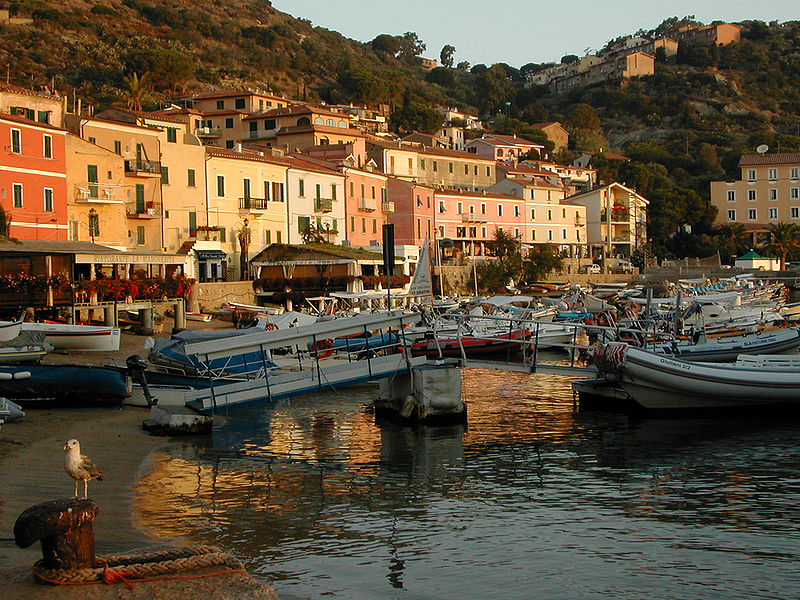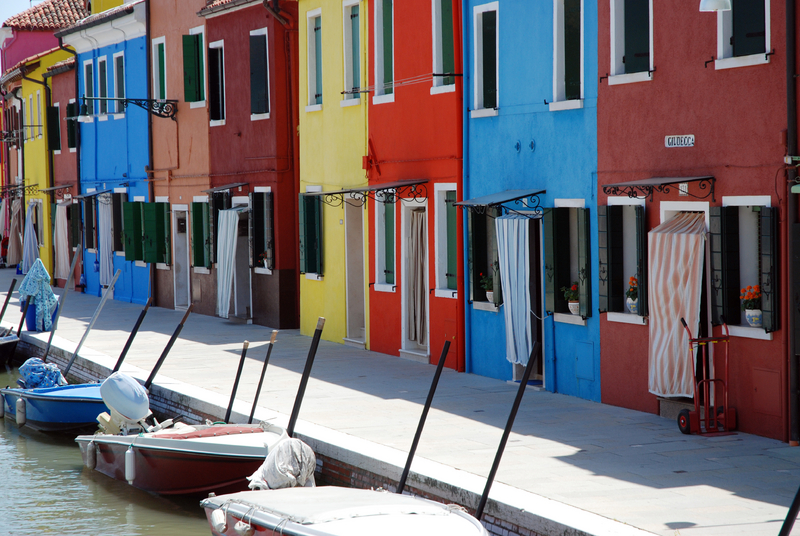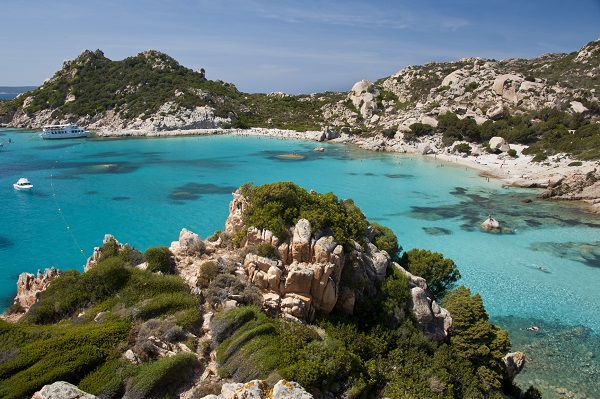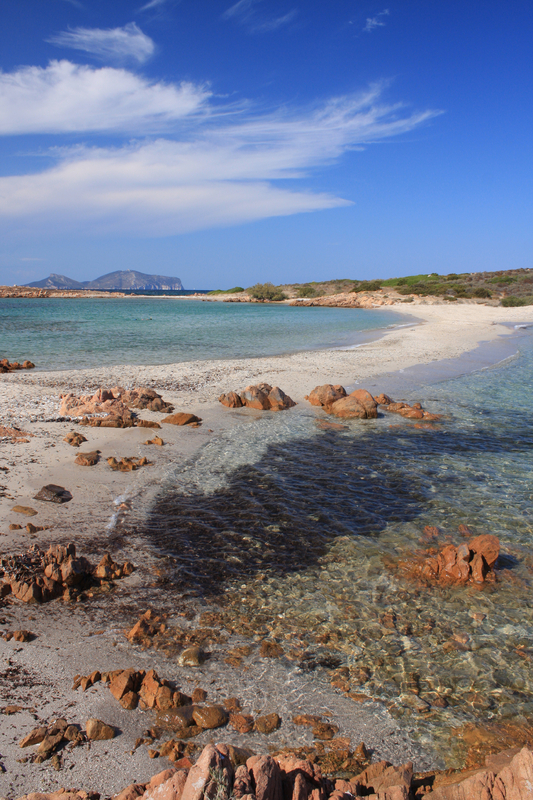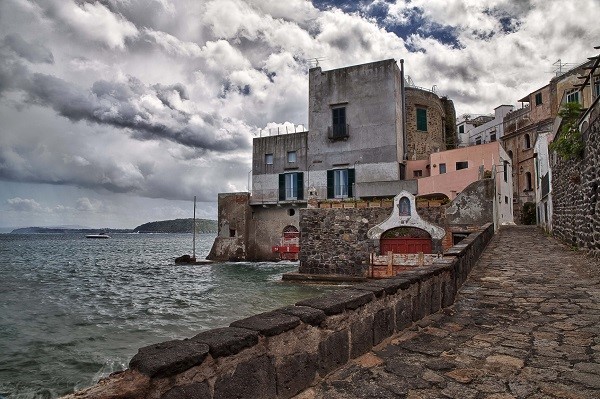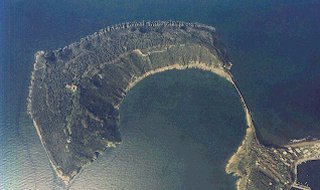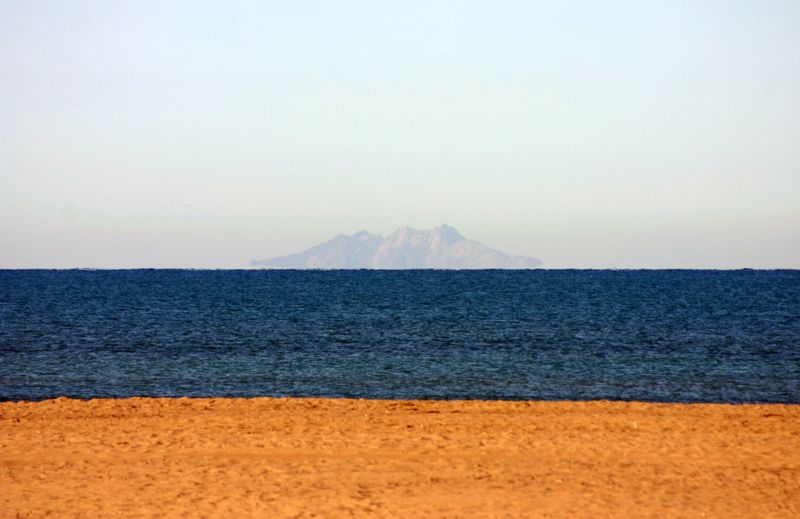Pianosa, the Alcatraz of the Tyrrhenian
While John Milton wrote about Paradise Lost, if he’d been to the island of Pianosa he’d likely have been talking about paradise found. Pianosa is not just a beautiful island but a unique one–singular in its history and location. Visitors to Pianosa have the opportunity to discover the many wonderful aspects of this special place as well as a chance to explore the untainted nature of this part of the world.
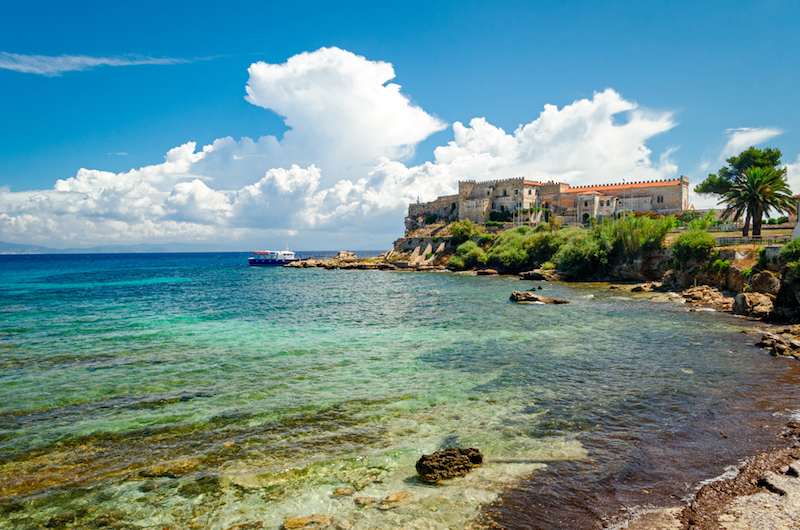
Pianosa is a small land mass that originally emerged from an undersea ridge. It is the fifth largest island of the Tuscan archipelago with a surface area of 10.3 kilometers squared and a coastal perimeter of about 18 kilometers. It is 13 kilometers South-West from Elba, the island made famous by Napoleon. The name Pianosa gives a clue as to the island’s geography. Piana refers to the island’s flat plains: its highest point is 29 meters.
The island has been inhabited since the Paleolithic era and in the 12th and 13th centuries Pianosa was the cause of much strife between Genoa and Pisa, as both cities wanted control over the strategically situated island. After several pirate incursions, Napoleon visited the island in the 19th century and judged it the most interesting island near Elba with fascinating vegetation and wildlife. The last 150 years of Pianosa’s history is also closely linked to the penitentiary that was built on the island and gave the island its nickname: Alcatraz del Tirreno, Alcatraz of the Tyrrhenian Sea.
Being entirely part of the Parco Nazionale dell’Arcipelago Toscano (the National Park of the Tuscan Archipelago), Pianosa is protected from external interference, property speculation and environmental damage. In fact, some important principles are always respected including sustainable development, care for the environment, restoration of the island’s historic and artistic heritage, as well as supervised fruition of its resources and territory. The protection of the island and its wildlife are so important that it is not possible to visit it without a special permit that is issued at the direction of the park. Shipping and fishing are also prohibited within a mile of the island’s coast. These rules are in place to prevent pollution and contamination, and they also extend to tourists. If you want to visit Pianosa you’ll have to register for a special guided tour.
Major Attractions of Pianosa
Pianosa cannot be considered an island like the others in the area as it doesn’t offer any shops or other common tourist attractions. What you will find here is a unique and peaceful atmosphere. Forget tourist attractions, what makes Pianosa really special is its air and the emotions it evokes in visitors, that keep them coming back again and again.
The ocean beds surrounding the area are the richest of the Tuscan Archipelago in both beauty and variety, helped by nature and the strict rules that govern the island. Pianosa’s waters also offer a varied marine environment and dry land promises stunning scenery. The Posidonia oceanica, a water plant, can also be found here, offering a safe haven to several other species.
Fishes like great pipefishes, salemas, common dentexes, striped mullets, seabreams, morays, lobsters, amberjacks and groupers swim in the crystalline waters seemingly oblivious to the presence of people. Tourists can swim in the same transparent waters where you may just catch a glimpse of a dolphin.
The island gives the impression of a ghost island, as it is inhabited only by a few policemen, the family of a guard and two or three convicts on probation, as well as hundreds of wildlife species. Moreover, there are some ancient buildings and the museum of the penitentiary, full of old photos, that can be visited on tours. Rules are quite strict here and you’ll find that tourists can only travel down set paths with their guides.
Pianosa also offers a restaurant where you can grab something to eat and drink before setting off on an activity like scuba diving, mountain biking or a guided tour.
The Penitentiary in Pianosa Island
While the penitentiary itself can’t be visited, there is a museum that presents the life of the guards and convicts from a historical perspective. The presence of the penitentiary has been the source of much debate and is arguably the thing that has most shaped the identity of Pianosa.
In 1858 la colonia penale agricola della Pianosa, the farming penal colony of Pianosa, was established. The convicted were then moved to the island — by 1861 there were 149 of them. The following year a prison that could hold 350 convicts was built and by 1872 the men were displaced into small communities as the island was divided into several agricultural centers. In 1880 the number of convicts had swelled to 960.
By 1884 the island became the destination for convicts suffering from tuberculosis who were shipped there from all over Italy. To accomodate these new additions the jail was divided into the Preventorio, where the convicts were examined by doctors; the Sanatorio, a well equipped hospital geared towards curing pneumonia, and the Convalescenzario, where sick convicts convalescended.
Sixty families lived on the island in 1932, the highest number ever. That year was important because Sandro Pertini, future president of the Italian Republic, was ‘hosted’ in the penitentiary due to political reasons. After the 1980s the penitentiary was used for hosting maximum security mafiosi and became, for all intents and purposes, an impenetrable fortress. By 1997 the last of the mafiosi had been moved to other prisons and the jail on Pianosa was closed the following year with only a few people remaining on the island to oversee security.
How to Get to Pianosa Island
There are two boats that take tourists to the island: one leaves from Piombino and the other from Elba Island. In the Summer months there is also a boat (Acquavision) from San Vincenzo, about twice a week.
The boat that leaves from Elba Island is quite small. In the summer it leaves every day from the port of Portoferraio and it also stops at Marina di Campo and Marciana Marina ports.
Tourists can visit on their own only the old town and the beach at Cala Giovanna; for other parts of the island it’s required to book a guided tour.
Recently a hotel was opened on the island, so it’s now possible to spend the night there.
Worries About Pianosa’s Future
As Pianosa is practically unmanned the future of the island is quite uncertain. There are worries about some of the houses on the island, built when the island was an agricultural colony that are now witnesses of the island’s history. Some buildings were restored by the convicts but they still require continued maintenance as they were built using a local stone prone to corrosion. Losing these buildings would be losing Pianosa’s history, but there is also not much manpower to ensure they are kept in good condition.
Another alternative is to open the island to mass tourism, something that worries many. Allowing too many to descend on Pianosa would amost certainly mean an end to the island’s pristine nature. Fortunately, it seems that the governing bodies are against this happening.
Or maybe it will host a monastery for Benedictine monks.
Going forward the island is likely to remain a destination for a small number of tourists and could become an agricultural and biological center or an international research center, thanks to its hundreds of wildlife species.
Doubts about the future aside, one thing is certain: Pianosa is an amazing world far from the chaos and well-trodden landscapes that is absolutely worth a visit.


